Fractional-order DISPR model for the AIDS epidemiological dynamics
Modeling epidemiological dynamics of AIDS infection is an indispensable method to track the spread of such fatal disease. In this paper, the Differential Infectivity and Staged Progression Model, DISP, is modified to include the possibility of recovery, hence the new proposed model is called the DISPR model. The DISPR model is also generalized to the fractional order domain to allow more flexibility. In order to compare, both models are tested on the same sample of population. The DISPR model is proved to be valid by predicting the same behavior of the DISP model and real epidemiology
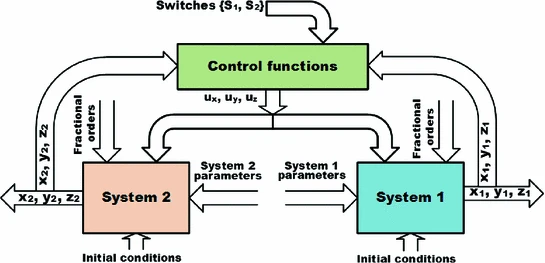
Control and synchronization of fractional-order chaotic systems
The chaotic dynamics of fractional-order systems and their applications in secure communication have gained the attention of many recent researches. Fractional-order systems provide extra degrees of freedom and control capability with integer-order differential equations as special cases. Synchronization is a necessary function in any communication system and is rather hard to be achieved for chaotic signals that are ideally aperiodic. This chapter provides a general scheme of control, switching and generalized synchronization of fractional-order chaotic systems. Several systems are used as

Control and synchronization of fractional-order chaotic systems
The chaotic dynamics of fractional-order systems and their applications in secure communication have gained the attention of many recent researches. Fractional-order systems provide extra degrees of freedom and control capability with integer-order differential equations as special cases. Synchronization is a necessary function in any communication system and is rather hard to be achieved for chaotic signals that are ideally aperiodic. This chapter provides a general scheme of control, switching and generalized synchronization of fractional-order chaotic systems. Several systems are used as
Fully integrated fast response switched-capacitor DC-DC converter using reconfigurable interleaving
A novel double-bound hysteretic regulation scheme to control multi-phase interleaved Switched-Capacitor DC-DC converters is presented. The control scheme adjusts the number of interleaved phases with the SC converter's switching frequency to significantly reduce the required operating frequency of the control comparator, enabling the practical application of hysteretic control with large number of interleaved phases. A 16-phase 2:1 SC converter is designed in 65-nm TSMC low-power CMOS process using the proposed technique. The converter with the new hysteretic control achieves fast dynamic
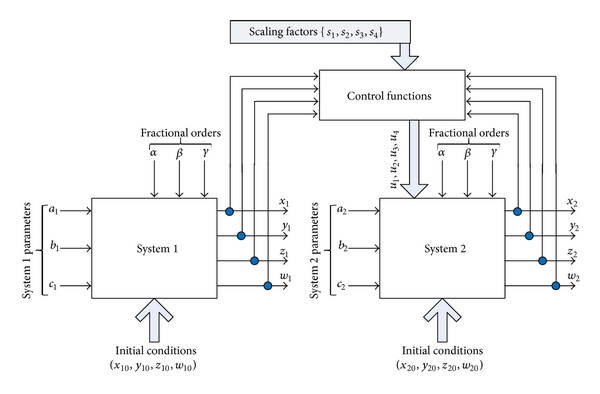
Amplitude modulation and synchronization of fractional-order memristor-based Chua's circuit
This paper presents a general synchronization technique and an amplitude modulation of chaotic generators. Conventional synchronization and antisynchronization are considered a very narrow subset from the proposed technique where the scale between the output response and the input response can be controlled via control functions and this scale may be either constant (positive, negative) or time dependent. The concept of the proposed technique is based on the nonlinear control theory and Lyapunov stability theory. The nonlinear controller is designed to ensure the stability and convergence of
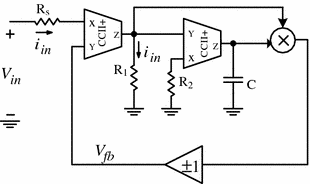
Memristor mathematical models and emulators
This chapter introduces different generalized mathematical classes of memristors which can be categorized as: continuous symmetrical models (current and voltage controlled emulators), continuous nonsymmetrical model, switched-memristor model, and fractional-order model with some experimental results. Different emulators with experimental results are discussed based on CCII, discrete components, and MOS realizations. Different analytical expressions, numerical analyses, circuit simulations results as well as experimental results are provided for most of the previous models. © 2015, Springer
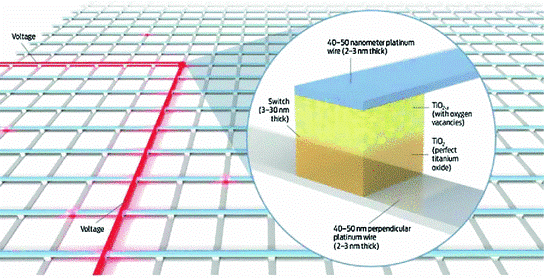
Memristor: Models, types, and applications
This chapter discusses the main properties of the memristor, a comparison between five recent memristor models, mathematical modeling of the HP memristor with analytical expressions for different excitations, mathematical representations of time-invariant memristor (ideal, generic, and extended), different memristor implementation types, and some memristor-based applications in digital and analog circuits. © 2015, Springer International Publishing Switzerland.
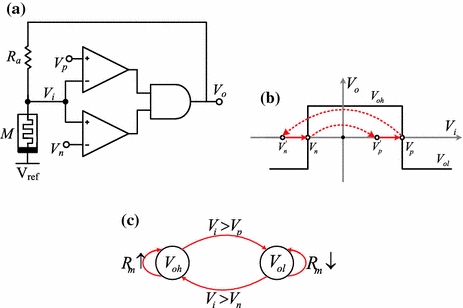
Memristor-based relaxation oscillator circuits
This chapter discusses the analysis and design of memristor-based oscillators which is considered one of the nonlinear analog block required for many applications such as chaotic memristor oscillators and artificial neuron network. The realizations of memristor-based oscillators have been discussed via replacing capacitors with memristors to construct relaxation reactance-less oscillators. The advantages of such oscillators are related to low frequency, nanoscale, and simple designs and can be used in neuromorphic systems. Different topologies of memristor-based relaxation oscillators have
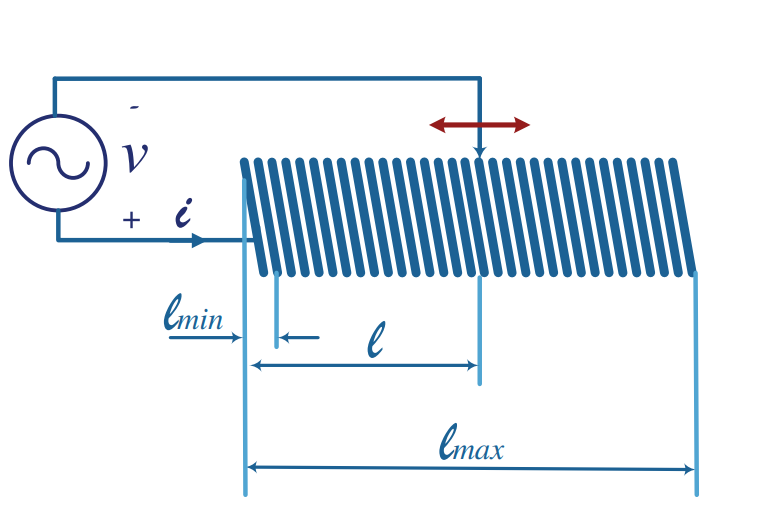
Meminductor: Modeling, analysis, and emulators
This chapter introduces the basic definition of meminductor and its mathematical representation of time-invariant system (Ideal, Generic, and Extended) with some examples. The mathematical model of meminductor and its response under different current excitations (step, sinusoidal, and periodic) are discussed with analytical, numerical, and circuit simulations. Different meminductor emulators are introduced with their mathematical modeling and numerical simulation, and verified using PSPICE simulations. © 2015, Springer International Publishing Switzerland.
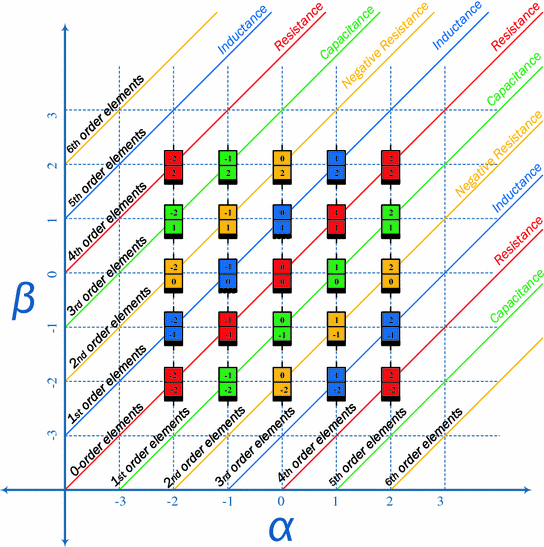
Memcapacitor: Modeling, analysis, and emulators
This chapter reviews the memcapacitor, mathematical representations of time-invariant, physical realizations, and mathematical models. Moreover, the nonlinear boundary effect of the memcapacitor under step, sinusoidal, and general periodic excitation responses are discussed with analytical, numerical, and circuit simulations for different examples. The general analyses of series and parallel connections of memcapacitors are introduced with many examples and circuit simulations. Finally a charge-controlled, memristor-less memcapacitor is introduced and validated through different cases. © 2015
Pagination
- Previous page ‹‹
- Page 35
- Next page ››
